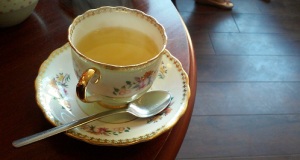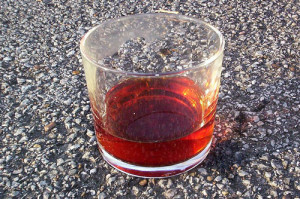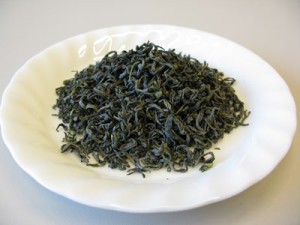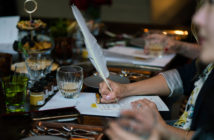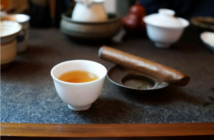Tea terminology can be mind-bogglingly complex. Which is why we’re bringing you Tea A-Z, a guide to deciphering both common and completely bewildering concepts from the world of tea. Let’s dive in!
Lapsang Souchong
This black tea is easily identified by its distinct flavor and aroma. Made from a fine grade of black tea, this tea originated from the Bohema mountains in the province of Fukien, China. Once plucked, the finished tea is dried over a bed of smoking pine flavor, imparting its unique qualities. Recently, this smoky tea has become a common ingredient in cooking, enhancing the flavor of both game and fish alike.
Lawrie Tea Processor (LTP)
Adapted from a tobacco processing machine, this tea processor cuts tea leaves into very small, fine grades. The blades of the machine literally tear the leaves apart. Once the new cut is achieved, the tea is then put through the normal process of oxidizing and drying.Letpet
Originally made from wild tea in Thailand and Burma, fresh tea leaves are plucked, steamed and then packed in large bamboo stalks. These leaves are then left to ferment. Once fermented, it’s often used in salads, soaked with oil, garlic and perhaps some dried fish. In Burma, letpet is at times used as part of the marital ceremony where the couples will drink from one cup of letpet steeped in oil.Light
A very mild tasting tea, little strength or color liquor.
Liquor
The liquid from the tea is often referred to as the tea’s liquor. This term is most often used when defining the strength of the tea, its aroma and color.
Loose Leaf
A broad term used to describe any tea that is not in a tea bag. Most orthodox and hand rolled teas are offered as loose leaf.
Low Grown
Tea grown at a lower altitude. When looking at tea, terroir has an impact on the taste, fragrance and color. Lower grown teas typically are defined as any tea that is grown at 2000 feet or below.
Sources:
The Tea Detective: Teas of Thailand
The Story of Tea: A Cultural History and Drinking Guide
Forbes Tea Portal
Wikipedia: Lahpet
Feature photo by Leo Reynolds – Usage license – CC BY 2.0

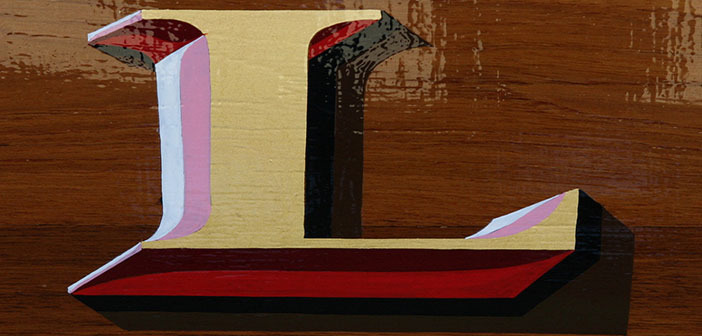
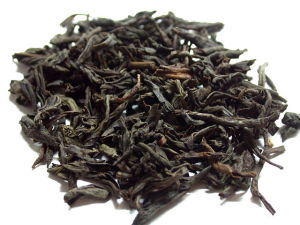
![By USAGI-WRP (投稿及び撮影した本人) [CC BY 3.0 (http://creativecommons.org/licenses/by/3.0)], via Wikimedia Commons LTP CTC Tea](https://thedailytea.com/wp-content/uploads/2015/01/LTP-CTC-Tea-300x225.jpg)

